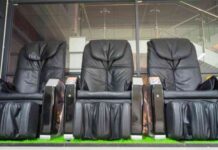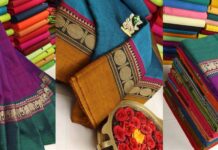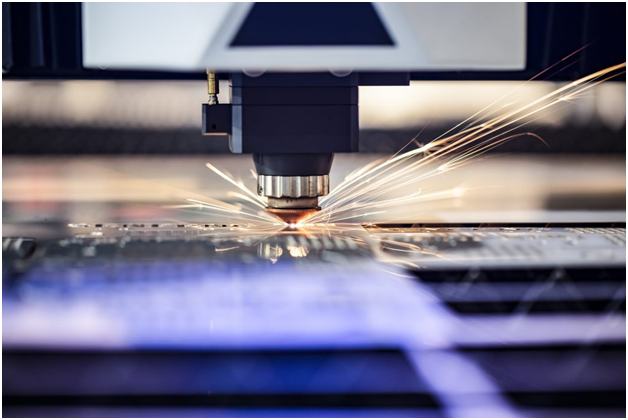Laser marking, engraving, and etching have been advanced to a point where new laser technology is outdistancing the cost and quality of the product, and the manufacturing industry is being transformed. Almost any type of material can be marked and engraved using a laser, including gold, platinum, silver, brass, stainless steel, carbide, copper, titanium, aluminum, and a variety of metal alloys and plastics.
Microcoded laser marks are known for their durability, high-temperature resistance, and their ability to withstand heat applied to various materials at high and extreme temperatures (which means that tiny etched words will not degrade). It can be printed on this bio-compatible base metal without using toxic solvents, inks, or acids.
Contrary to other traceable marking methods, such as inkjets and hand engraving, dot-pen marking can’t always be relied upon to remain legible over time.
Professionals in product engineering have become aware of the wear and tear and time-affected corruption of non-laser etched markings. Znakowanie laserowe is routinely used with products that need to be traceable for the rest of their lives.
It is this inherent time-induced corruption that causes non-contact laser marking to be such an important tool in today’s etching and engraving practices.
If you want to reach into new markets, maintain your current business or add a competitive advantage, selecting the right laser marking equipment is essential. A fiber laser marking system from LaserStar can give you the competitive edge you need.
An example of what Fiber Laser Marking Systems can do:
Guidelines for marking medical devices according to FDA regulations: Permanently engrave the following markings on titanium medical implants: high contrast logos, serial numbers and machine-readable 2D matrix codes.
Ensure that ALL requirements are met or exceeded by the Bureau of Alcohol, Tobacco, and Firearms. Inscribe part and serial numbers in the depth and size necessary for permanent identification of firearms and small arms components.
Customize anodized aluminum parts with eye-catching graphics for high-end aftermarket automotive applications. The dark, attractive marks you can create in this product will actually add to its overall aesthetic appeal, rather than detract from it.
Lasers are a non-contact engraving method, which means that regardless of the material’s hardness, the character definition will be flawless from the first number to the last. In addition, laser marking systems are easy to program, rugged, and cost less than one dollar an hour to operate.
Any individual process data, such as identification text, serial numbers, corporate logos, bar coding, graphic and digital images, can be produced by laser marking.
- A logo, a certification symbol, a barcode, a serial code, or a two-dimensional matrix code
- (HPGL): simple text, serial numbers, graphics and CAD files
- An efficient way of marking and cutting light-gauge steel sheets (i.e., labels)
- Using heat-sensitive materials to mark precious metals with speed
- One machine for marking, polishing, annealing, and etching
- In the aerospace and automotive industries, plastic materials are used for items such as mobile phone keyboards, dashboards, and other light-up components.
- It’s easy to set up custom jobs.
With over five decades of experience providing our clients with the best in American-made and designed technology, LaserStar Technologies Corporation continues to increase profitability and productivity. Today’s global market offers many choices, so we value our relationships with clients that we consider a privilege and an obligation. As soon as you have questions about a fiber laser marking system, we will be here to provide you with help.






















